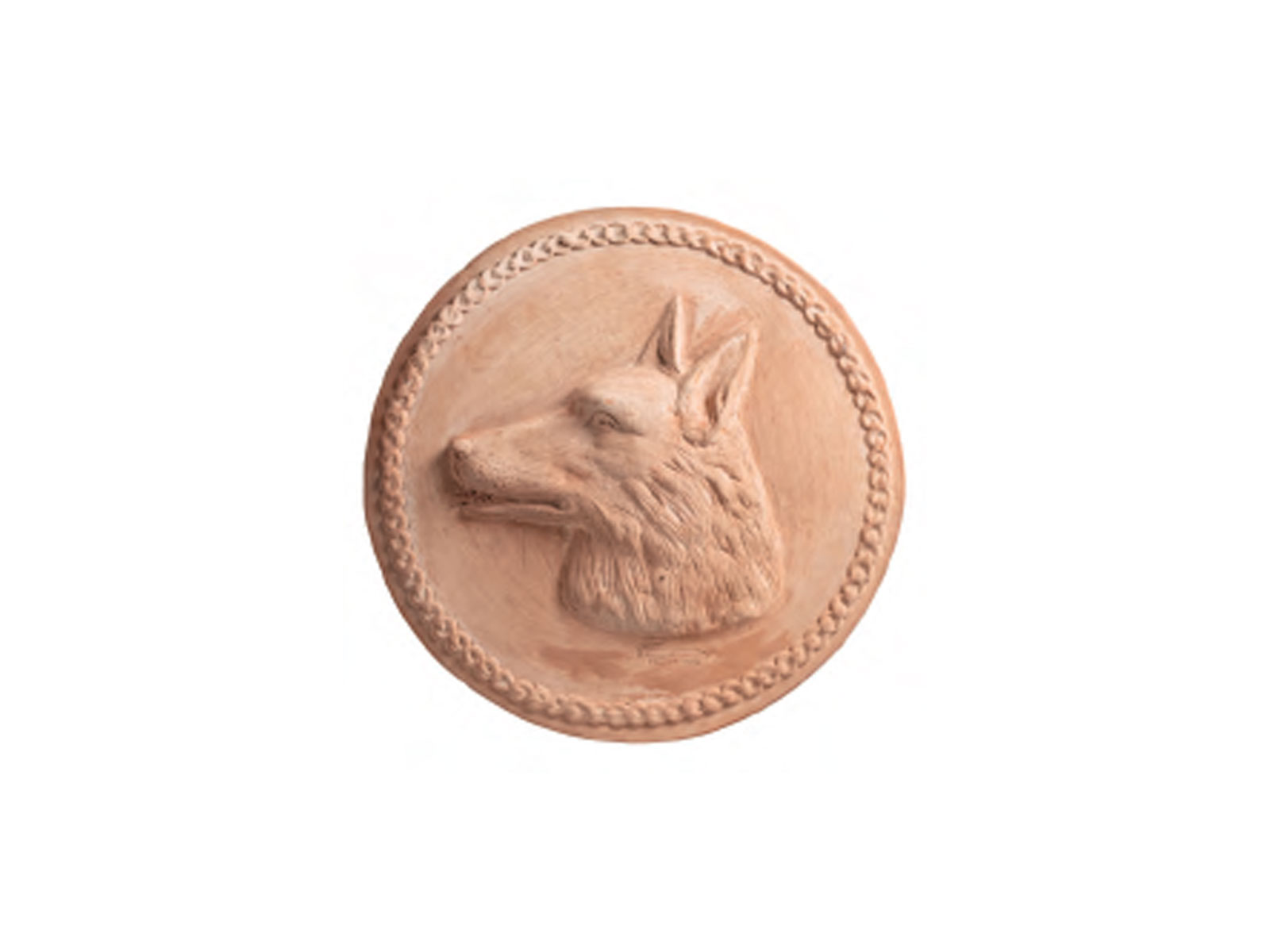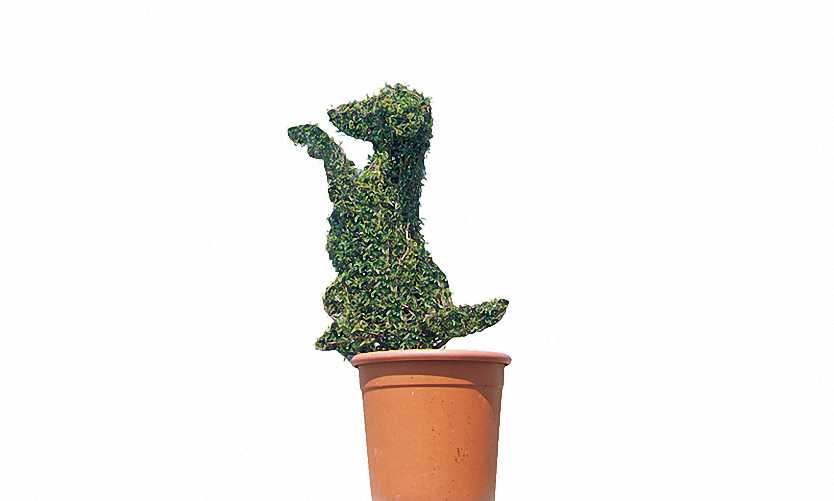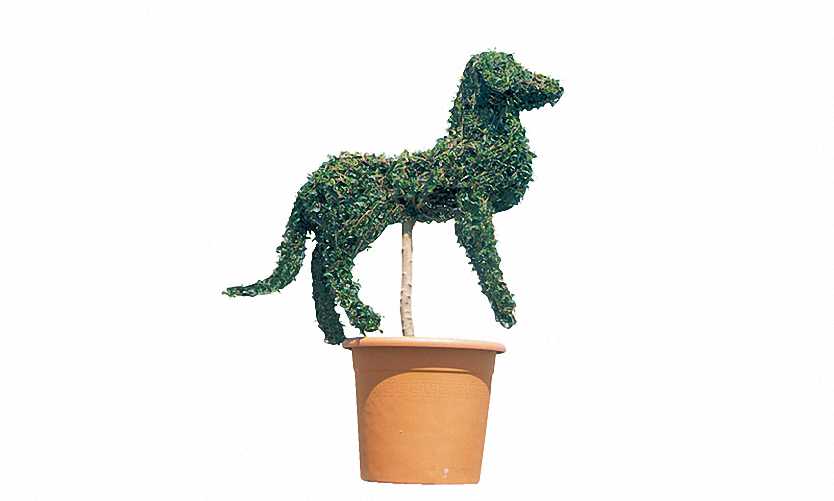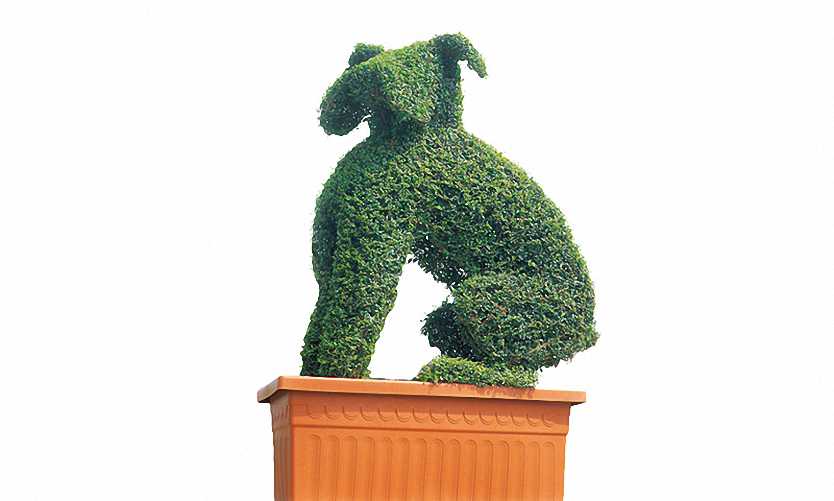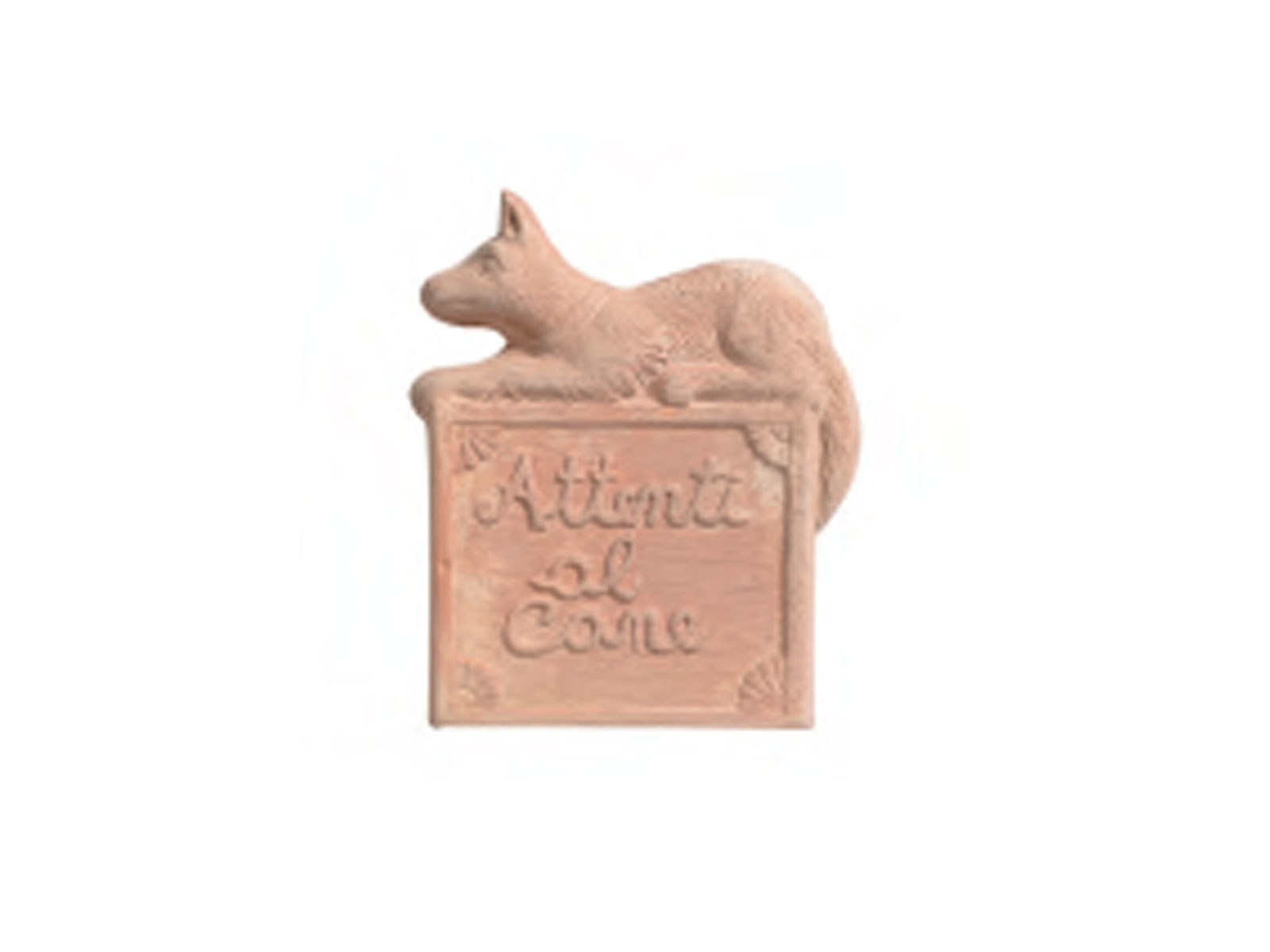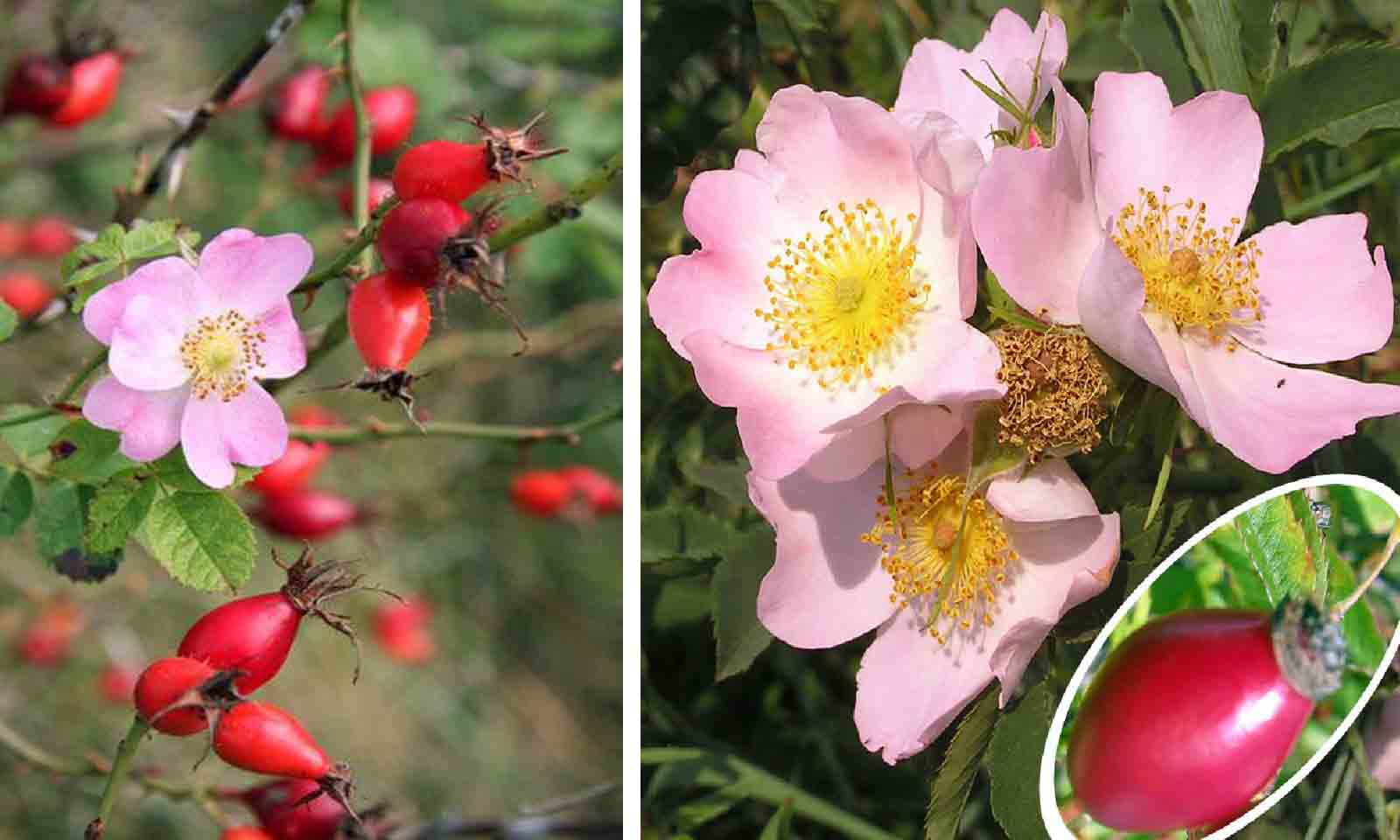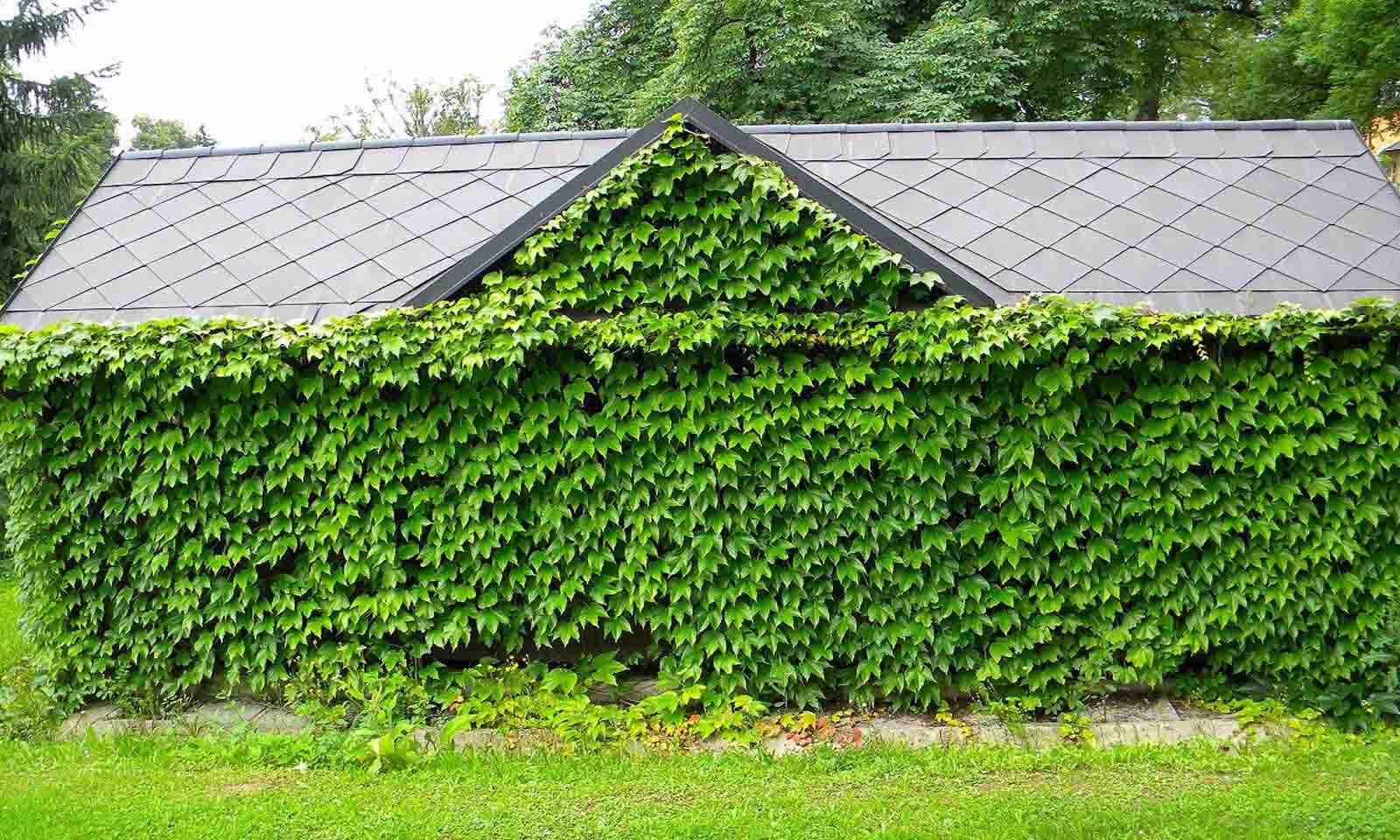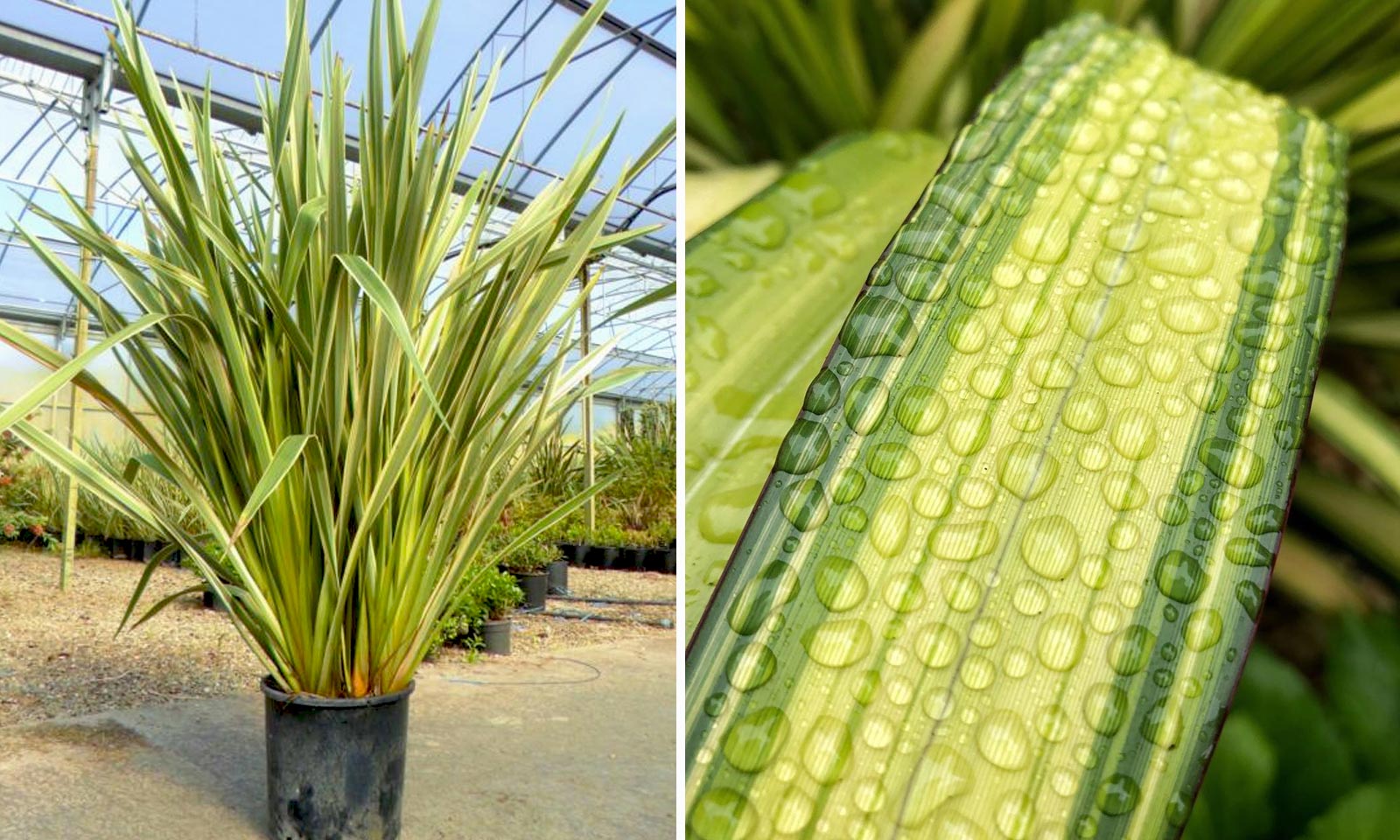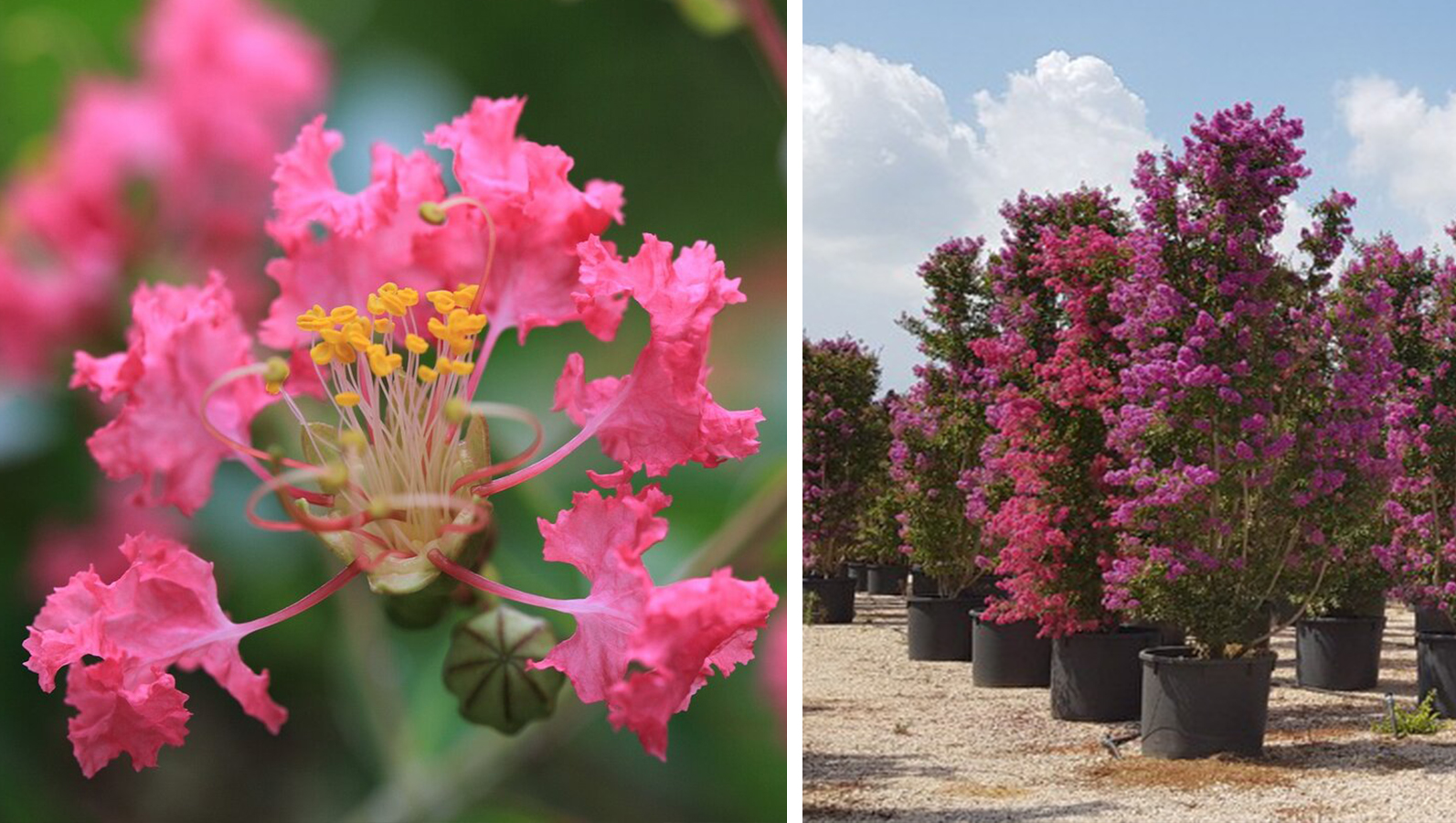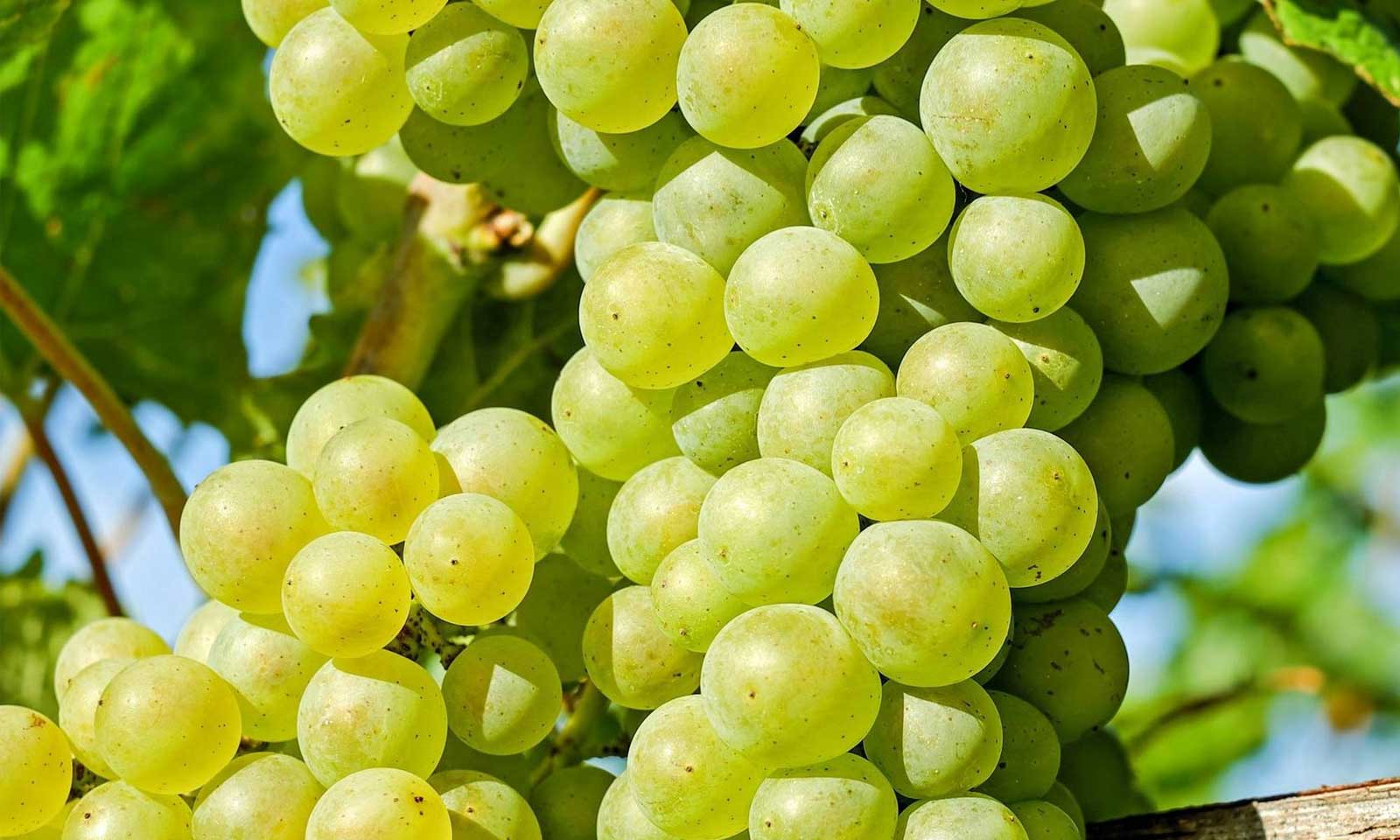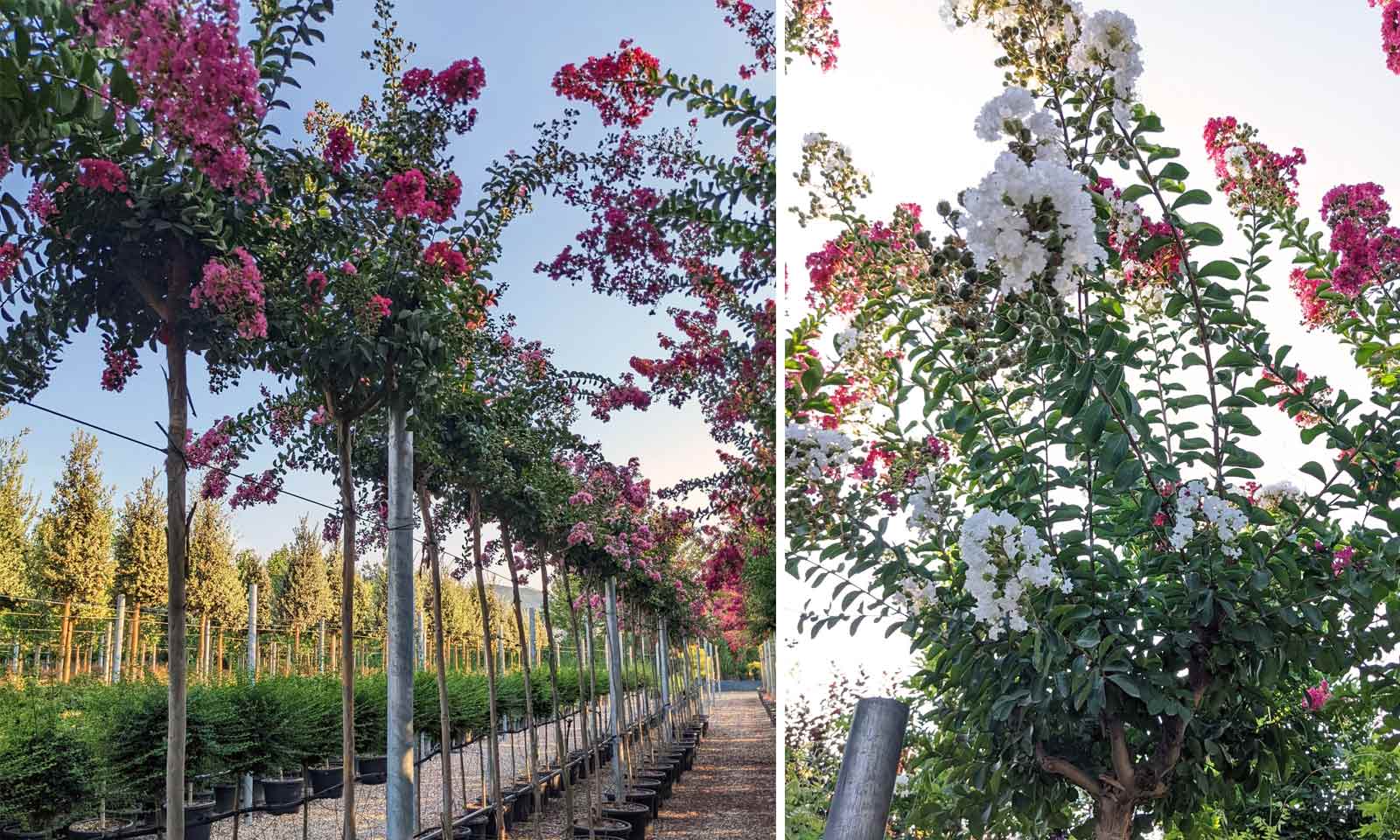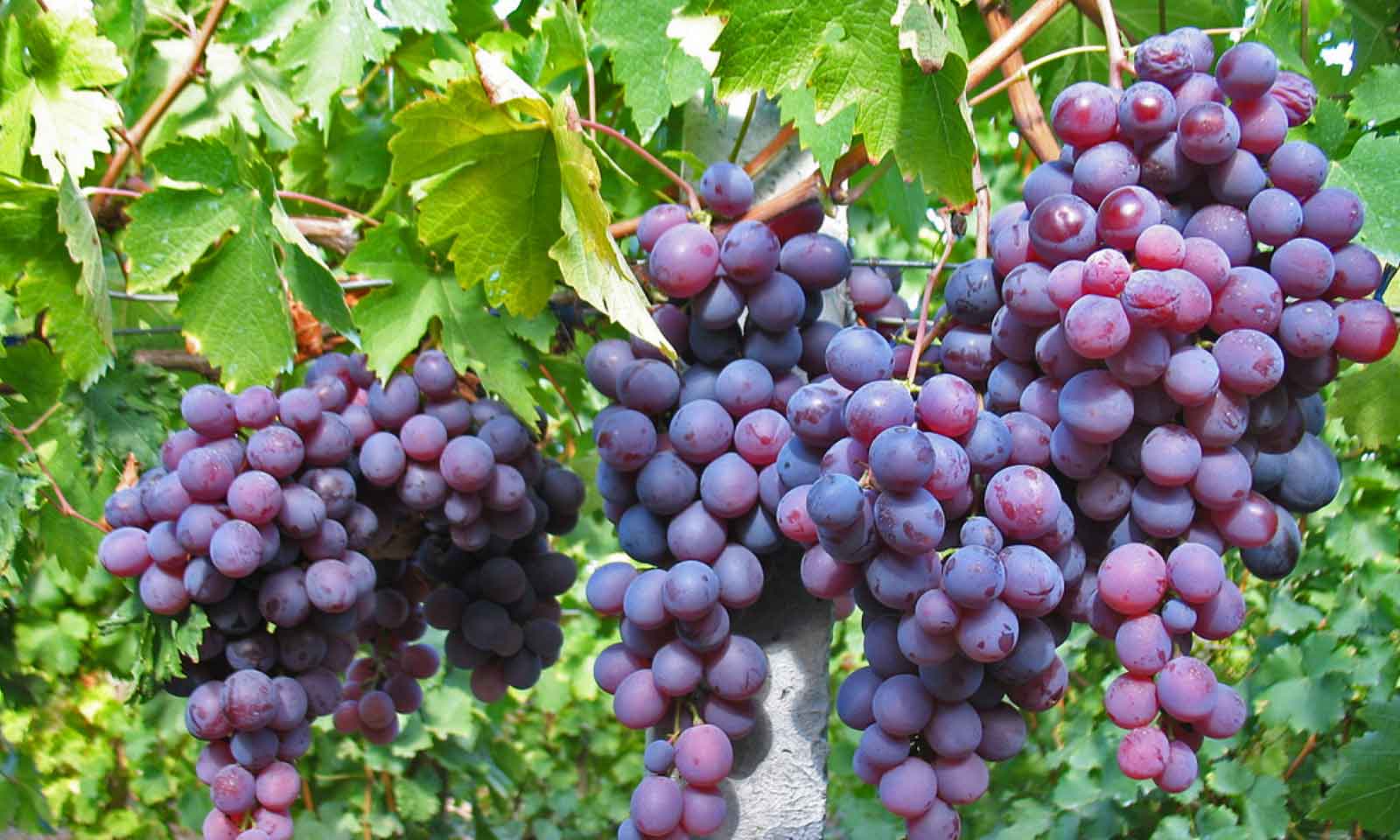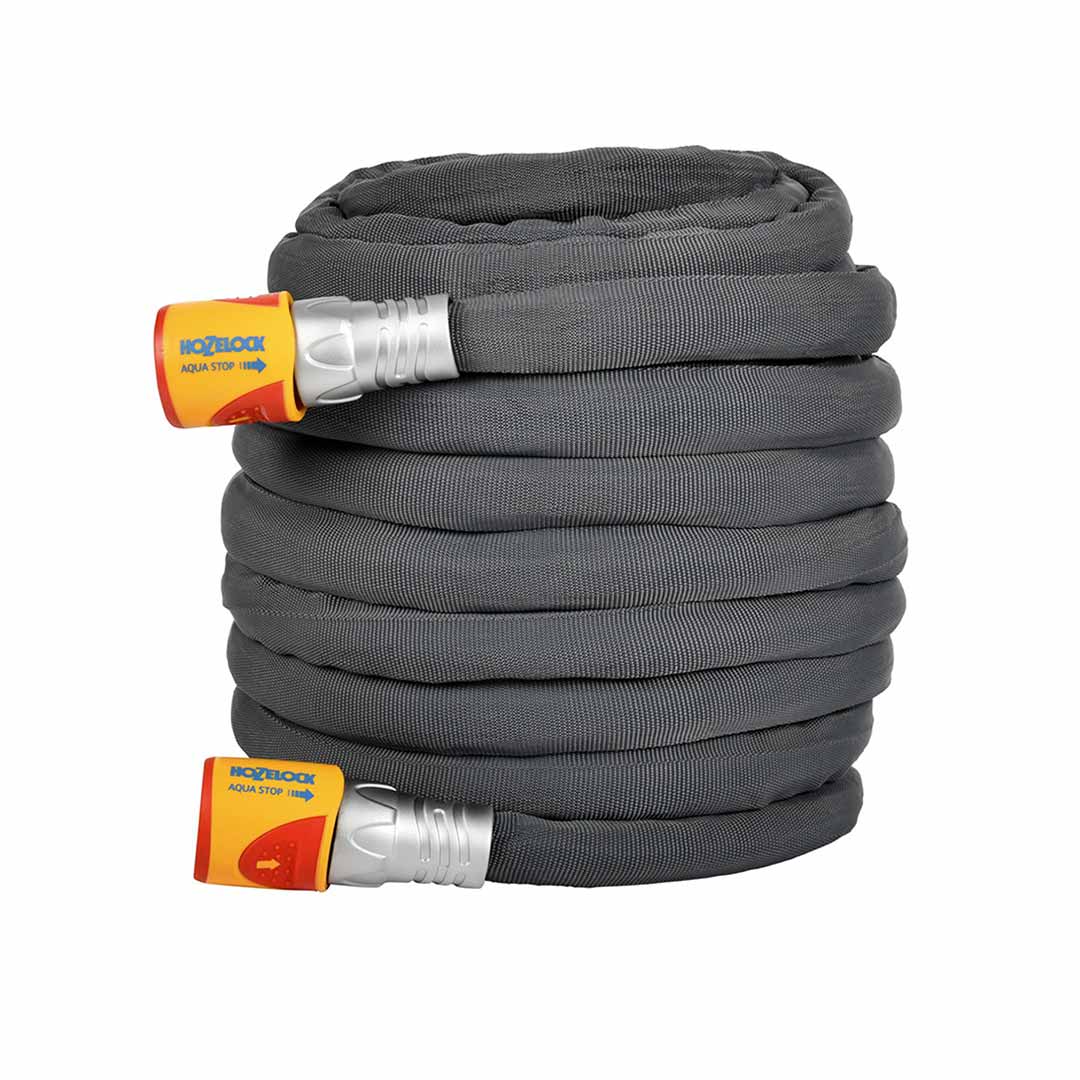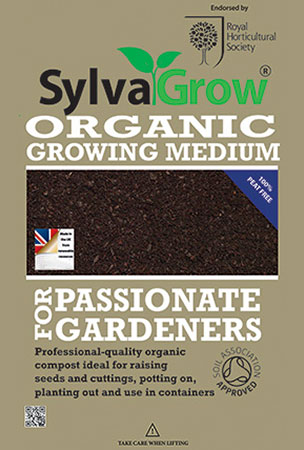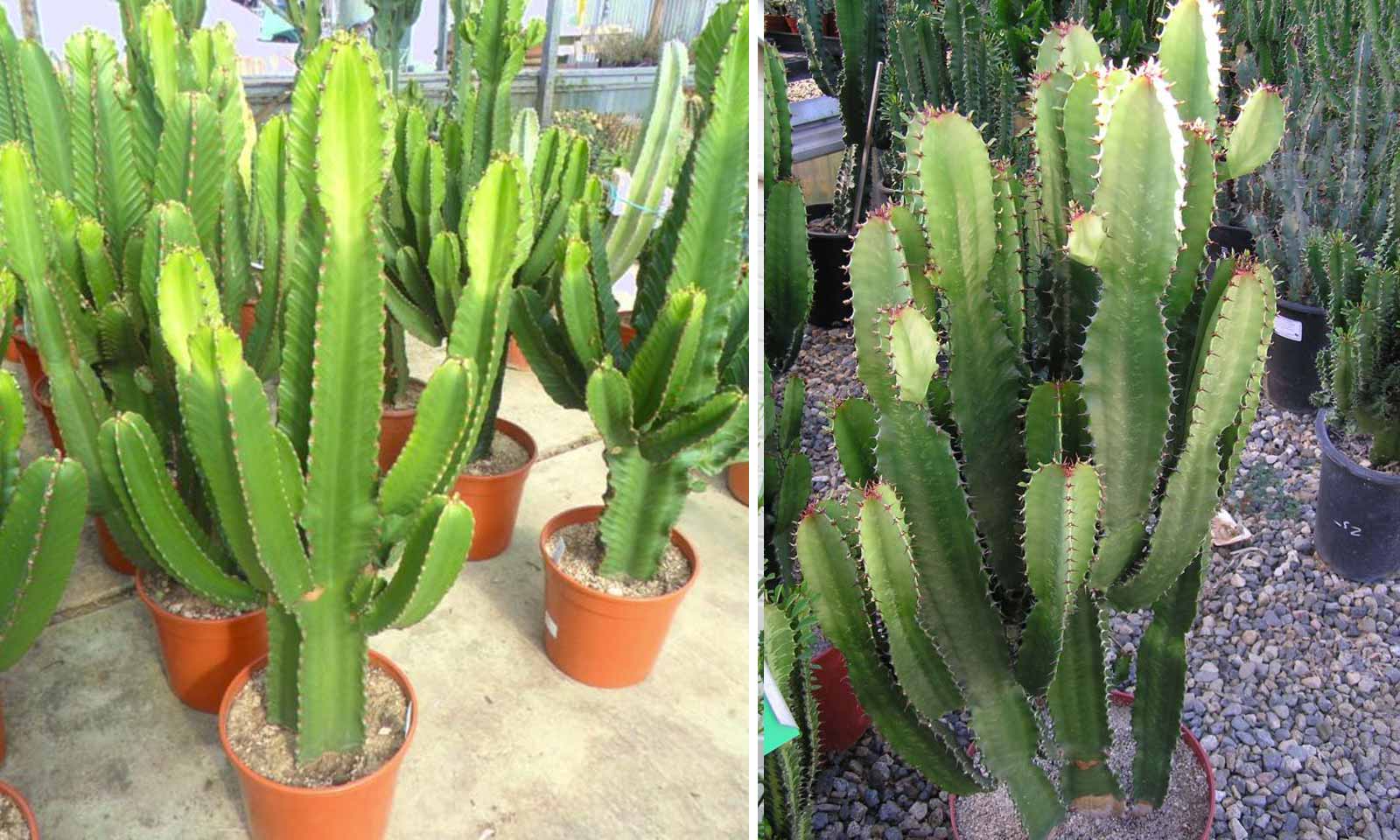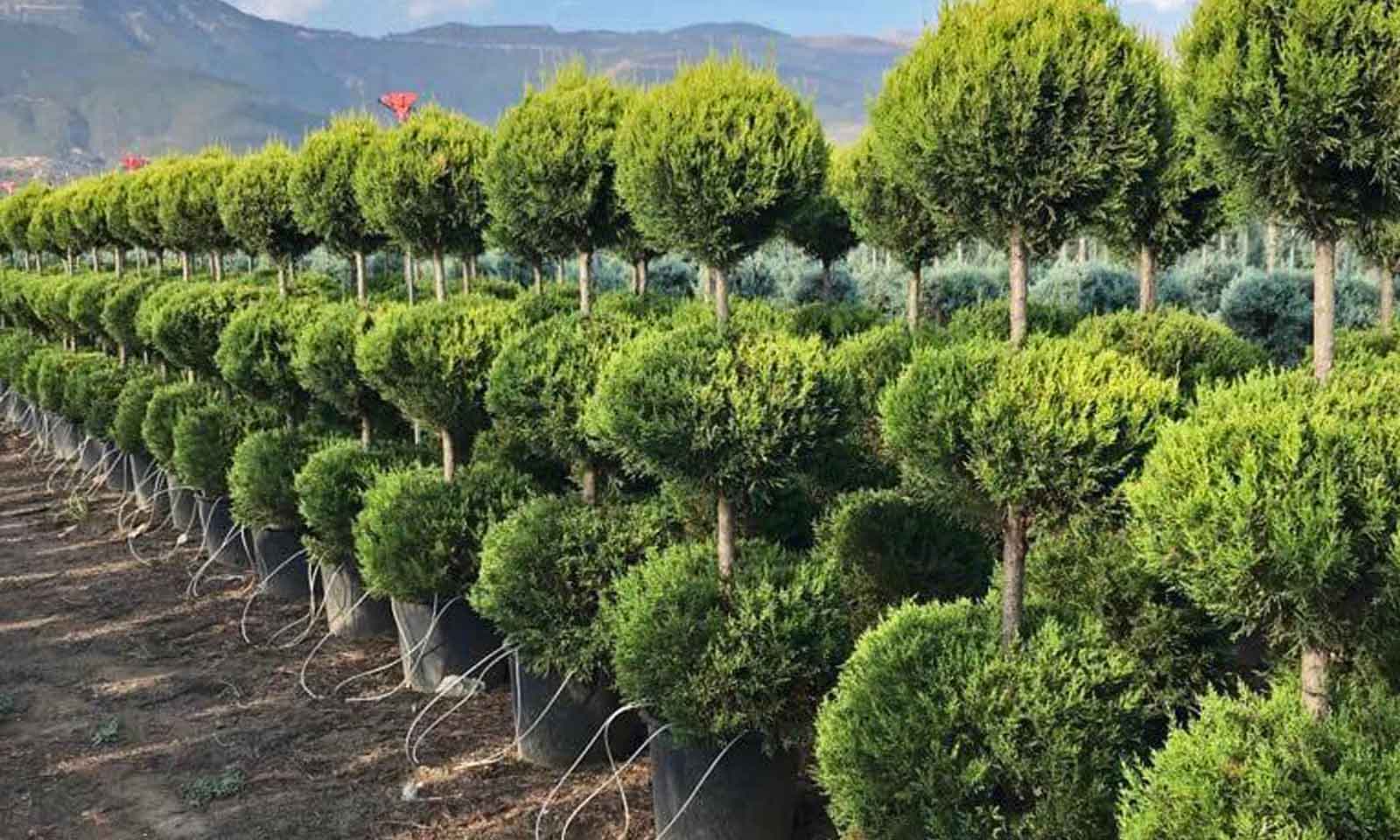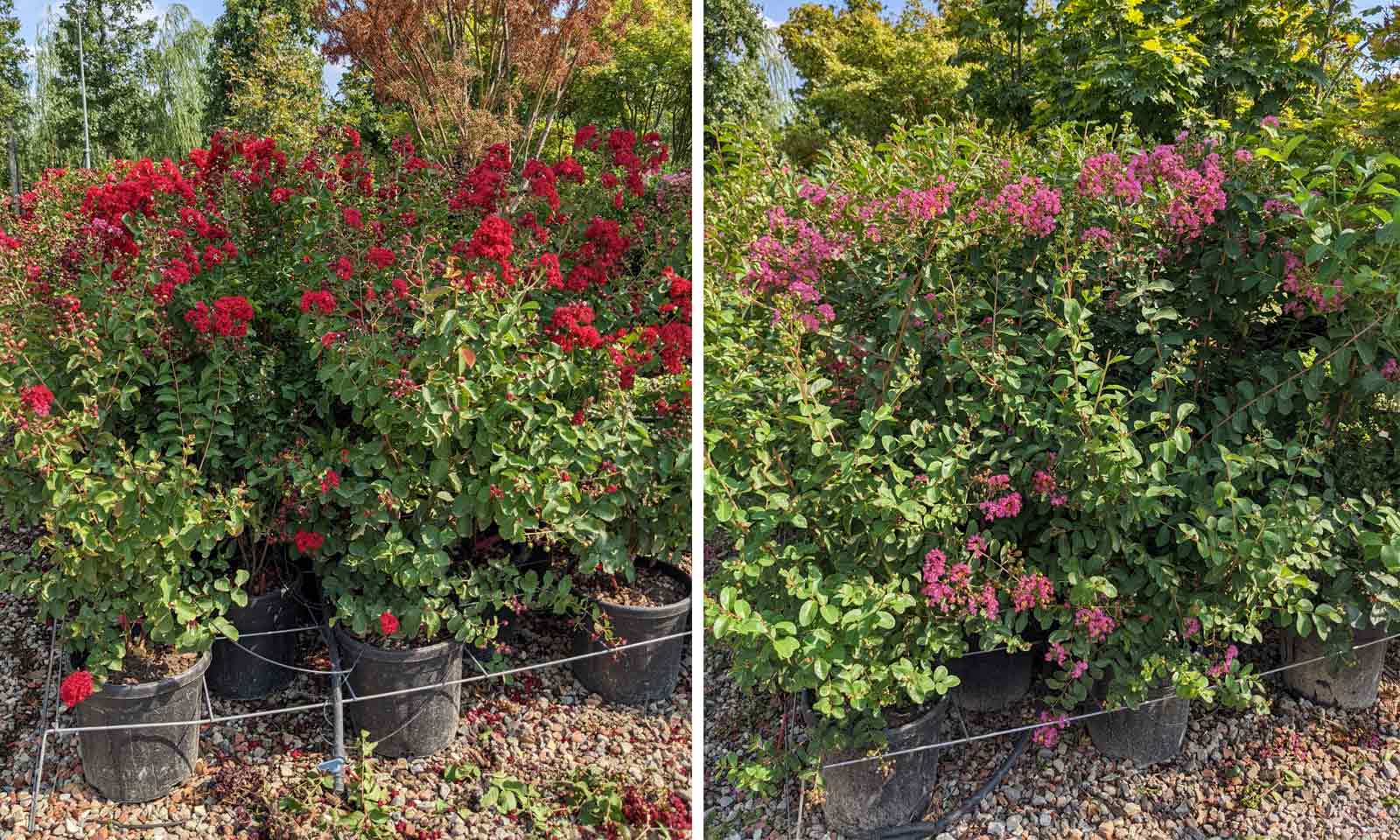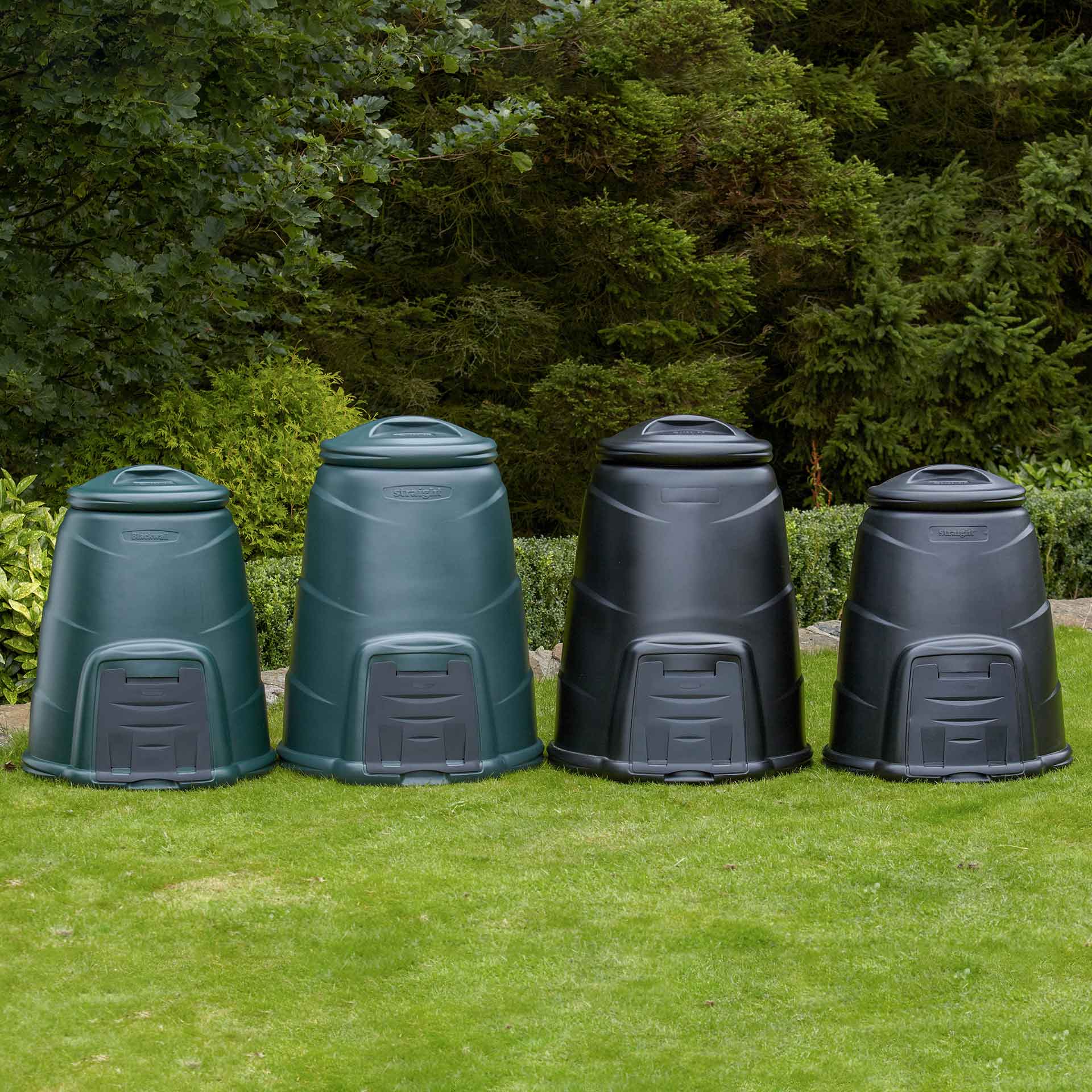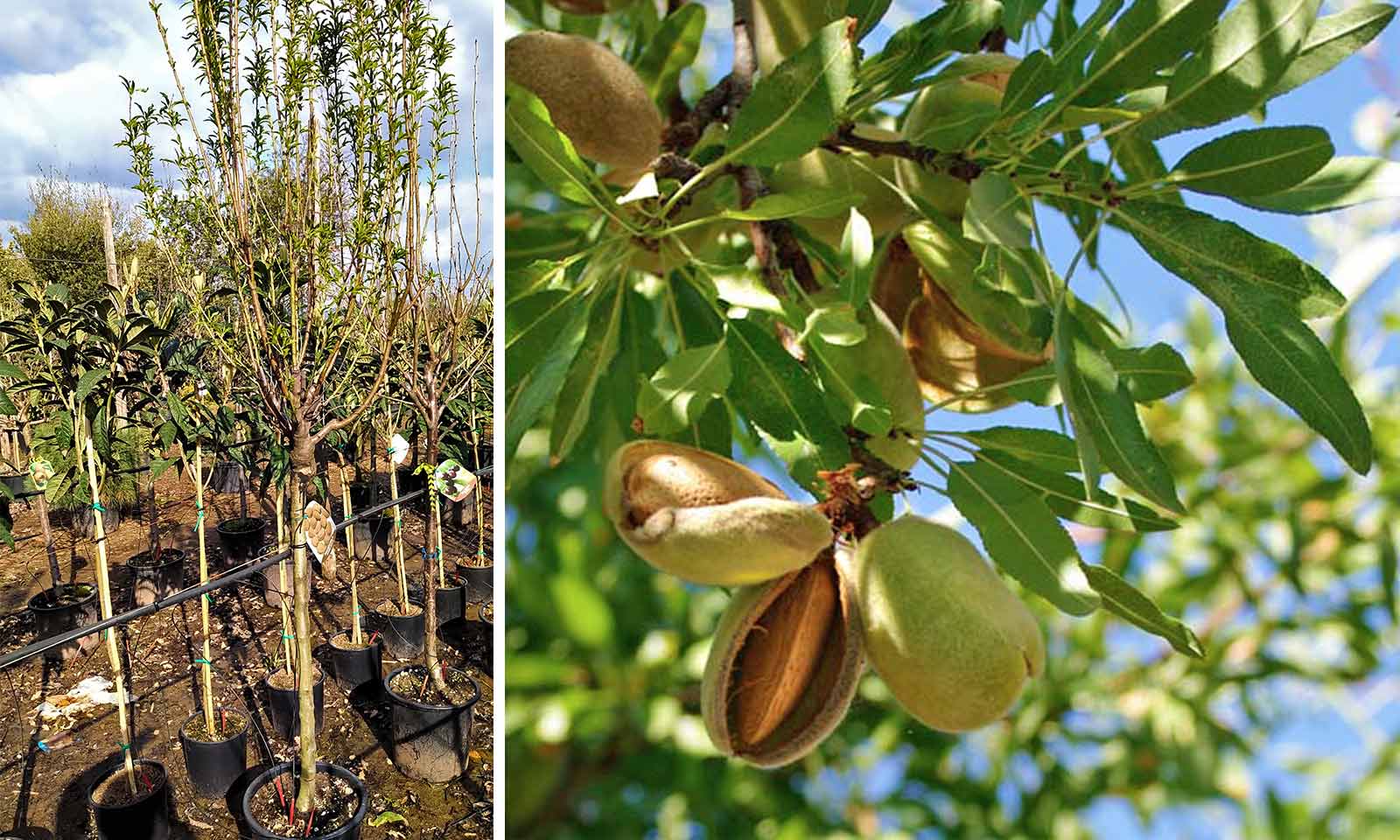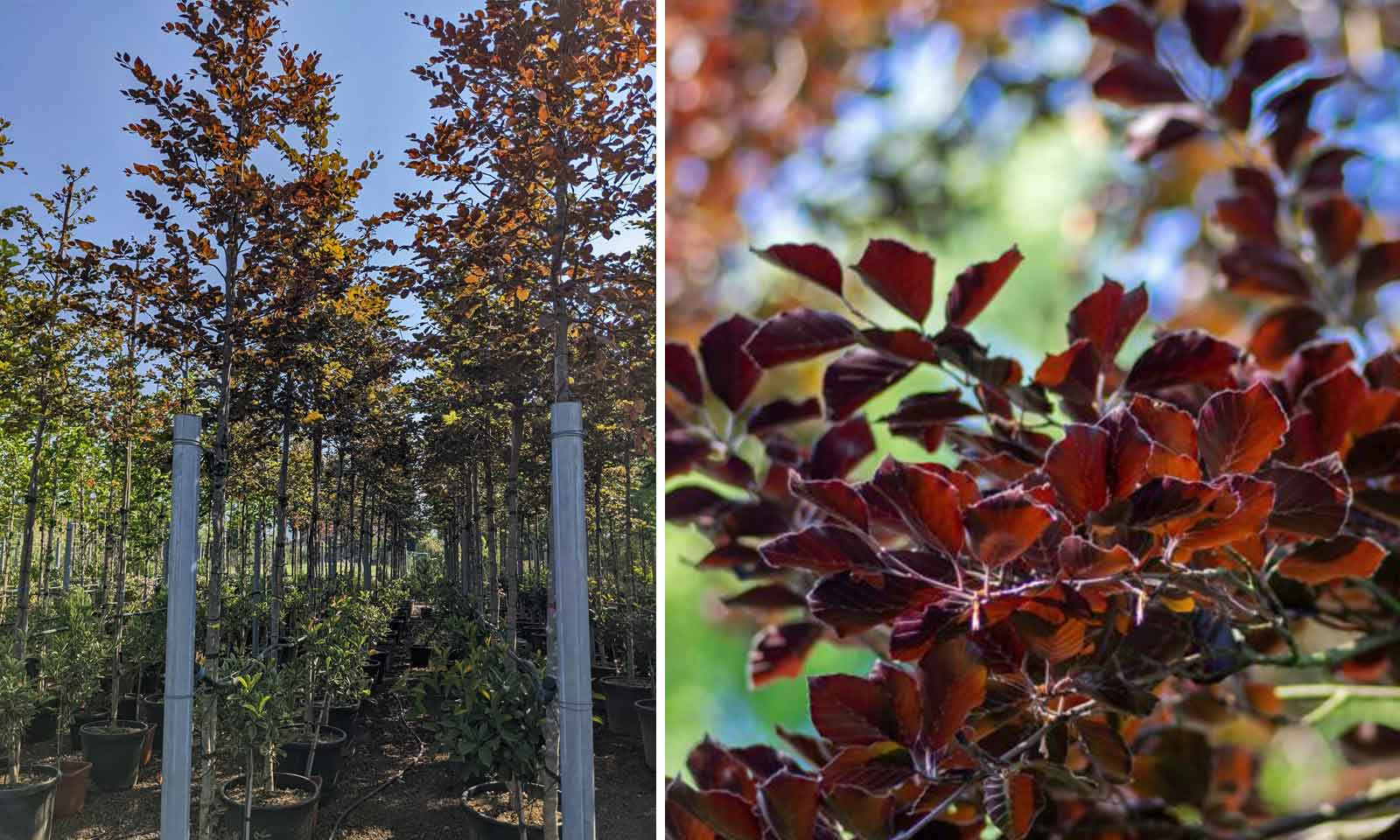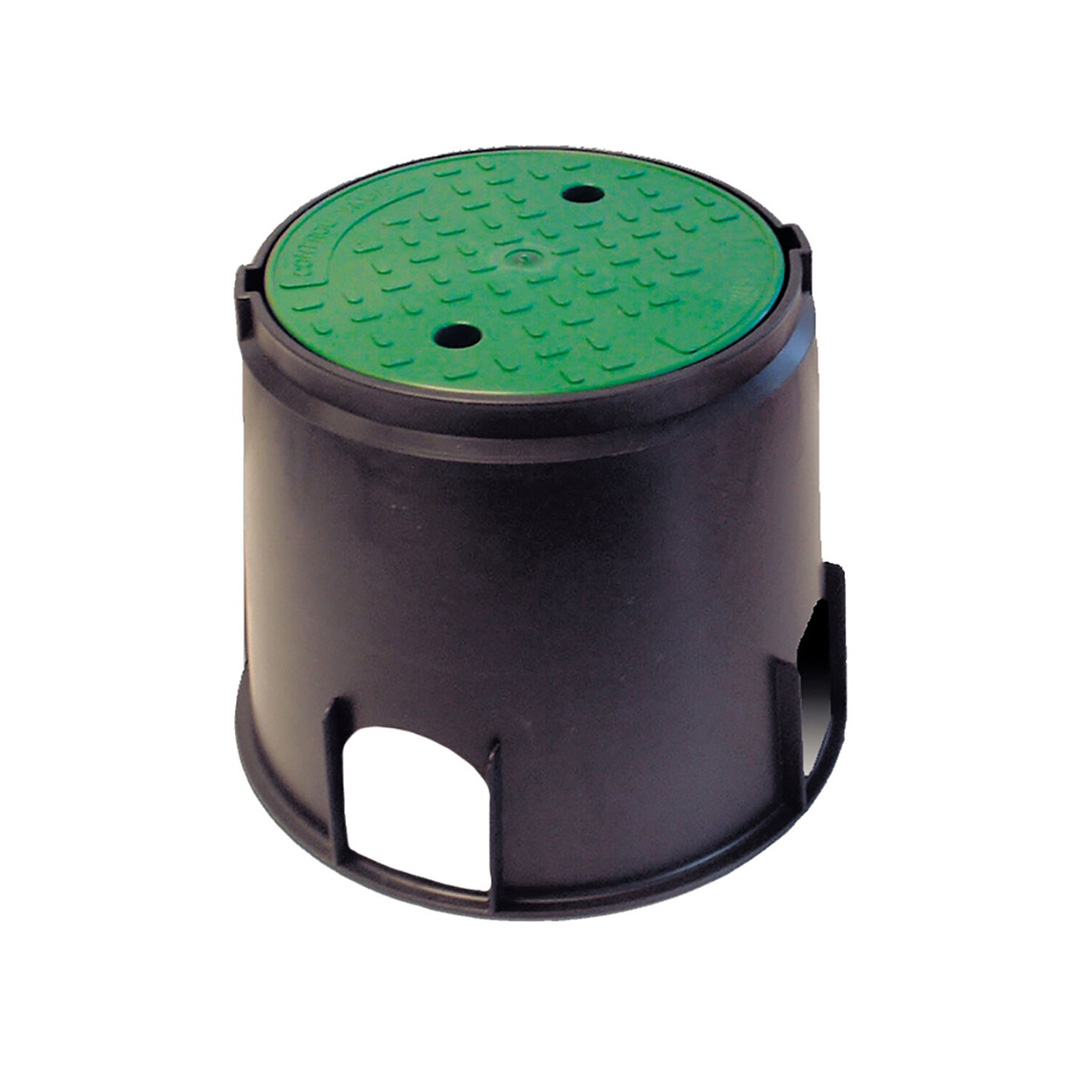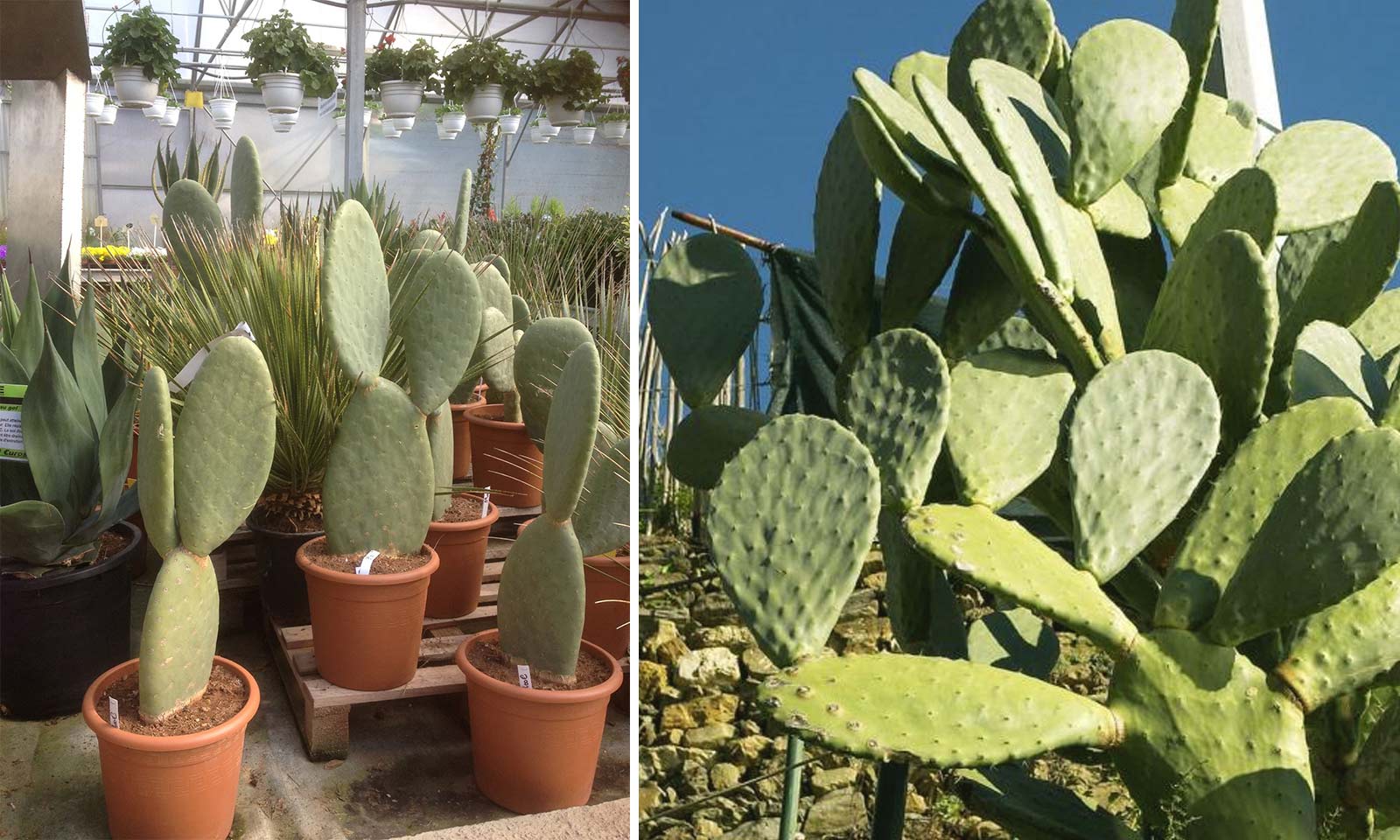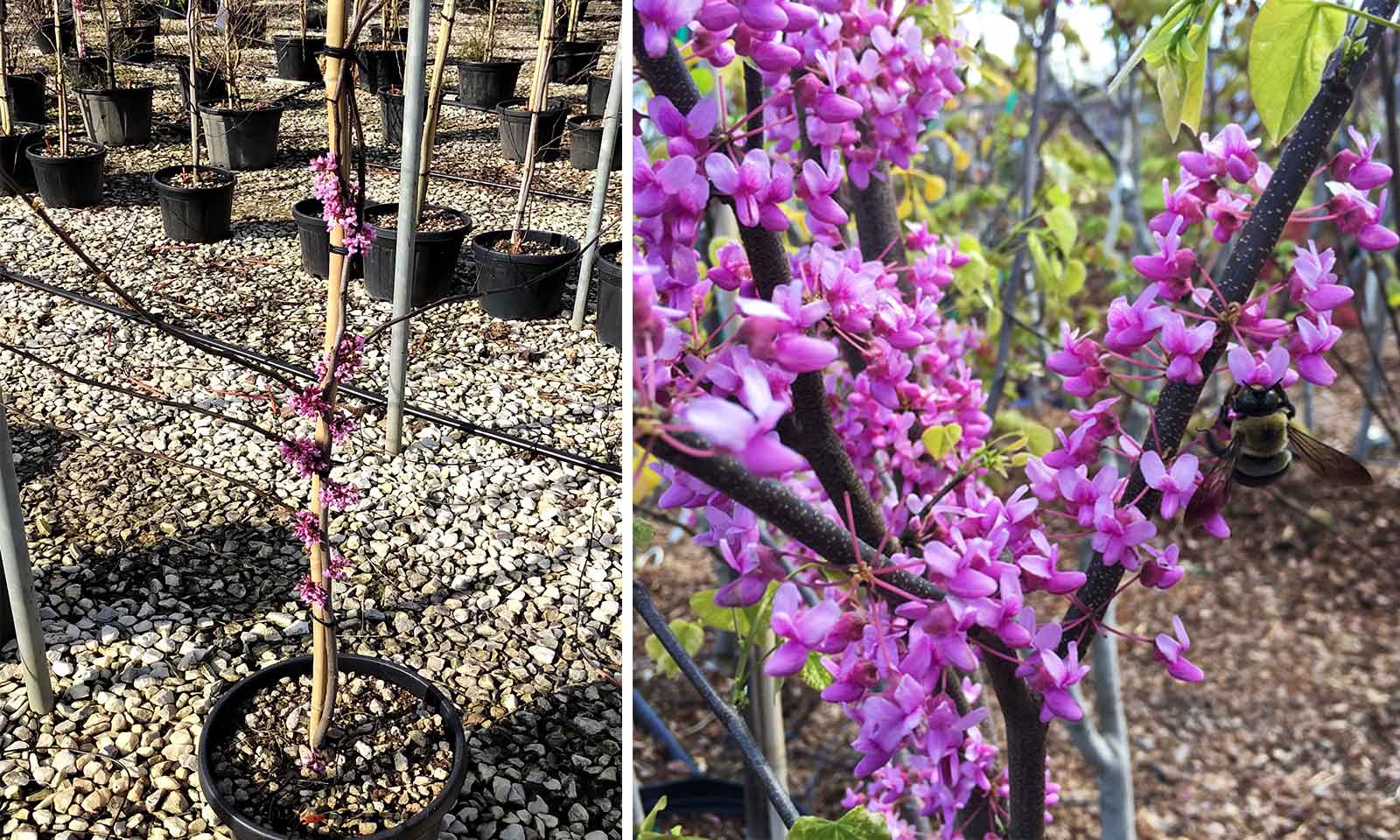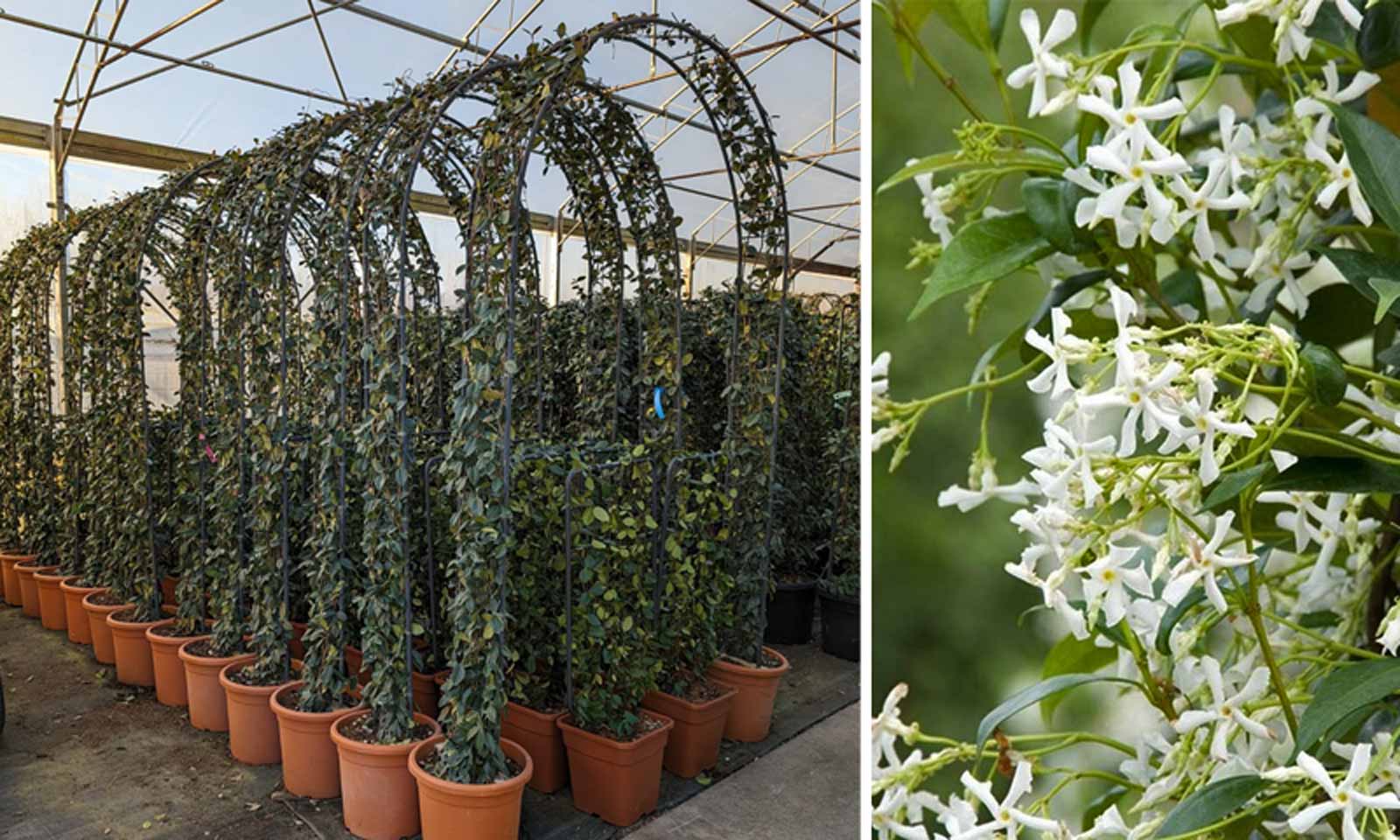Uva Italia (Grape Tree)
A renowned Italian table grape variety, prized for its large, golden-yellow berries with a sweet, musky flavor and crisp texture. Ideal for fresh consumption and well-suited to warm, sunny climates.
Latin Name: Vitis Vinifera ‘Italia’
English Name: Italia Grape
Species: Vitis Vinifera
Genus: Vitis
Foliage Type: Deciduous
Foliage: Large, lobed, bright green leaves with serrated edges
Flower: Small, greenish-white flowers in clusters
Flowering Period: Late spring (May–June)
Suggested Location: Full sun; best trained on a trellis, pergola, or arbor
Suggested Soil Type: Well-drained, fertile, loamy or sandy soil with a slightly acidic to neutral pH (5.5–7.5)
Suggested Exposure to Sunlight: Full sunlight for best fruit ripening
Suggested Exposure to Weather: Prefers warm summers; sensitive to excessive humidity and late frosts
Hardiness Rating: H7-H10
Lowest Temperature Tolerance: Around -5°C (23°F); requires protection in colder climates
Growth Habit: Vigorous, climbing vine requiring structural support
Pests: Grape berry moth, spider mites, aphids, leafhoppers
Diseases: Powdery mildew, downy mildew, botrytis (gray mold)
Pruning: Prune annually in winter to encourage fruiting spurs and maintain structure
Final Height: 3 m – 5 m (9.8 ft – 16.4 ft)
Final Sideways Spread: 2 m – 4 m (6.5 ft – 13.1 feet)
Delivery Cost: This is calculated based on the total size, weight and quantity of your order, as well as the location of your delivery address. You will see the final price at the Online Checkout Page (before making payment). Our website will automatically calculate the lowest possible delivery price and apply discounts to orders of certain products – giving you the best value delivery every time!
Please note that high-volume orders will decrease your delivery costs significantly by spreading the price across multiple items. Visit our Delivery Policy page for more information.
